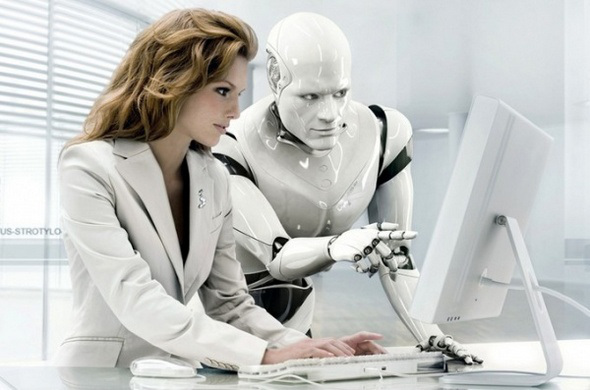
Microsoft announced it has formed the Machine Teaching Group, a research project to advance “Machine Teaching.”
Machine Teaching is described by Microsoft as the next evolution of machine learning (ML), wherein developers or even users without a data analysis or computer science backgrounds can teach a computer to perform tasks. The Machine Teaching Group is a multi-disciplinary effort encompassing researchers in the fields of machine learning, human-computer interaction, visualization, and software engineering, all working toward improving ML and Machine Teaching capabilities.
(Related: Microsoft debuts Azure Data Catalog; release Azure Batch)
Building on Microsoft’s Azure Machine Learning service, an early version of the group’s Machine Teaching technology is already in use within Microsoft’s Language Understanding Intelligent Service (LUIS), a closed beta project enabling applications to understand what users mean when they say or type something using natural language. LUIS is part of the larger Project Oxford, Microsoft’s effort to build a portfolio of SDK and REST APIs that allow developers to integrate vision and speech services on Microsoft platforms.
“No one has really built a machine-learning tool for the layman,” said Microsoft Research engineer and Machine Teaching Group head Patrice Simard,. “The solution is to democratize machine learning.”
Simard ultimately envisioned an expert in a given field, such as a chef, doctor or IT professional, using Machine Teaching tools to train models to perform machine-learning tasks. As a result, the most important aspect of this universal Machine Teaching capability, according to Simard, is developing a simple UI for these autonomous tools.
He explained Machine Teaching in greater depth in the video below:






